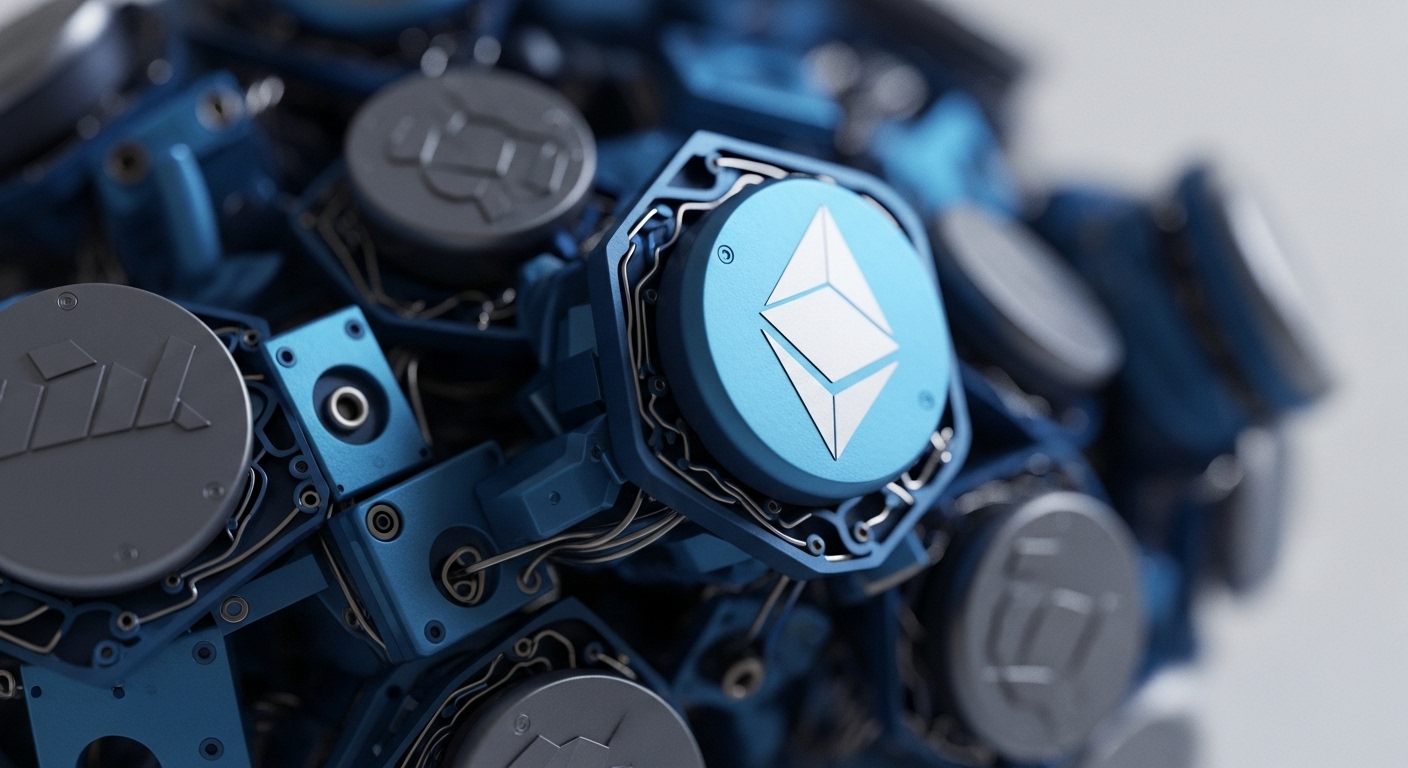
Briefing
Linea, the ConsenSys-backed zkEVM Layer 2, has officially activated its dual-token burn mechanism, a fundamental shift that structurally embeds the network’s economic success into Ethereum’s core value proposition. This action immediately transforms network transaction volume into deflationary pressure on both the L1 and L2 assets, thereby resolving the long-standing problem of L2s creating parallel, unaligned economies. The most critical metric defining this new architecture is the 20% ETH / 80% LINEA split of net gas fees, ensuring every transaction contributes directly to the scarcity of both tokens.

Context
The prevailing challenge for Ethereum Layer 2 networks has been the divergence of economic incentives, where many rollups create independent gas tokens or fail to channel substantial value back to the Ethereum base layer. This fragmented approach often results in a “satellite economy” that borrows security but competes for capital and attention. The product gap was a token model that could simultaneously scale Ethereum’s transaction capacity while reinforcing its core deflationary asset, thereby ensuring a strong long-term value proposition for the L2’s native token.

Analysis
This dual-burn mechanism fundamentally alters the application layer’s incentive structure by creating a direct, programmatic link between dApp usage and token scarcity. The system it changes is the L2 revenue model ∞ instead of fees accumulating solely for a centralized entity or being distributed only to validators, the mechanism acts as an automated buy-and-burn engine. For the end-user, increased activity on DeFi protocols or Web3 games on Linea now directly translates to a reduction in the circulating supply of LINEA, improving the token’s long-term value proposition.
Competing L2s that utilize a purely inflationary or non-ETH-aligned token model face a strategic disadvantage, as Linea now offers builders a more compelling economic flywheel where network adoption is structurally rewarded through scarcity, not just emission. The design frames LINEA as a value-accrual asset tied to utility, rather than a pure governance token.

Parameters
- ETH Net Fee Burn Allocation ∞ 20% of all net ETH gas fees are burned, directly contributing to Ethereum’s deflationary model.
- LINEA Buy-and-Burn Allocation ∞ 80% of net ETH gas fees are used to purchase and burn LINEA tokens on the Ethereum mainnet.
- Community Token Allocation ∞ 85% of the total 72 billion LINEA token supply is dedicated to the community and ecosystem growth.

Outlook
The strategic outlook suggests this dual-burn model will become a new foundational primitive for Ethereum-aligned Layer 2s, potentially leading to its adoption or adaptation by competitors. The next phase involves leveraging this scarcity model to sustain the massive ecosystem incentive programs, such as the 85% community allocation, by ensuring that token emissions are offset by a perpetual, usage-driven burn. This mechanism transforms the L2 into a highly capital-efficient environment, attracting protocols seeking a robust, economically aligned scaling solution. The model’s success will be a critical case study in whether L2s can evolve from mere transaction processors into genuine economic multipliers for the Ethereum ecosystem.

Verdict
Linea’s dual-burn activation establishes a new benchmark for L2 tokenomics, proving that scaling solutions can achieve high throughput while structurally reinforcing the economic scarcity of the Ethereum base layer.
